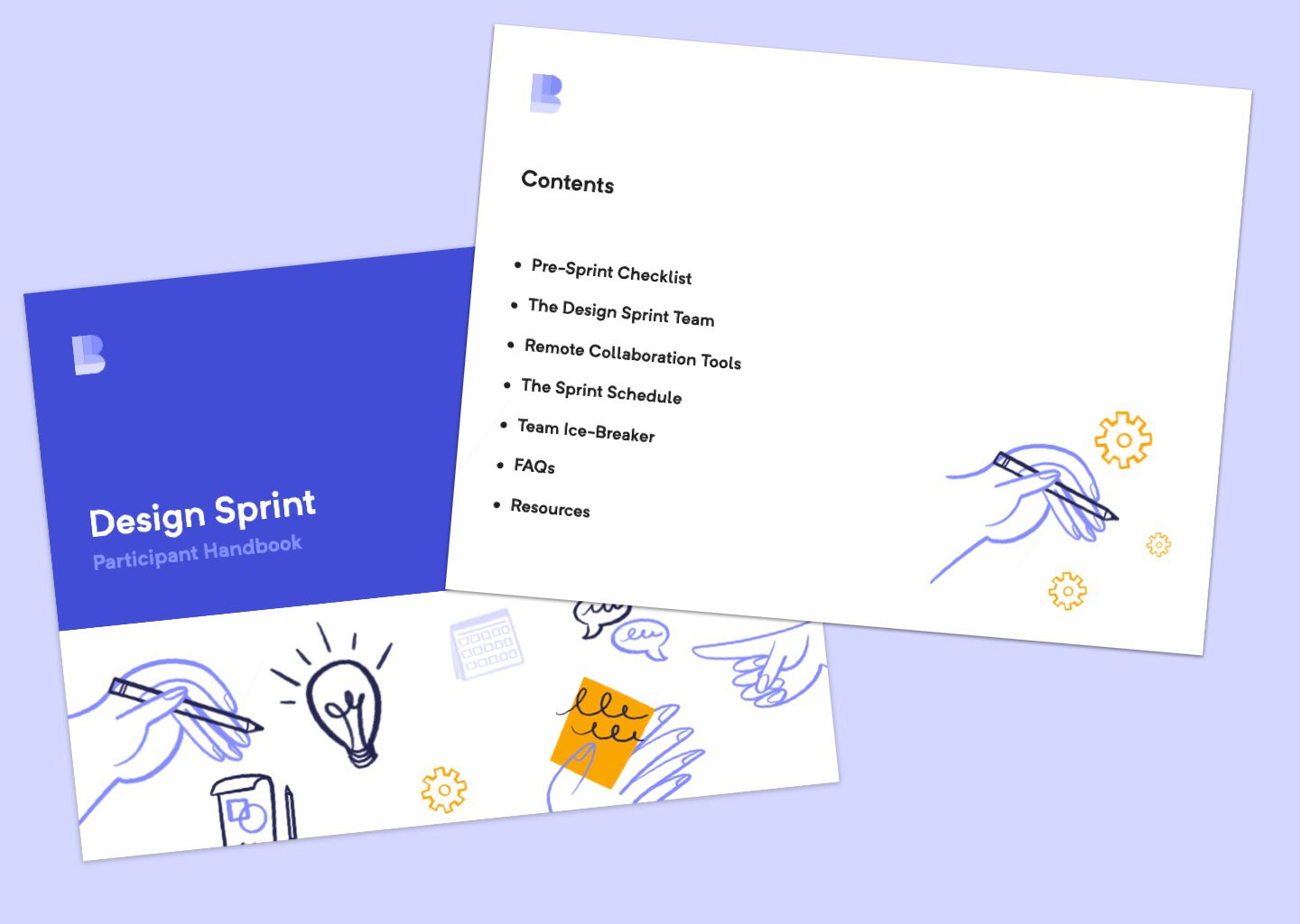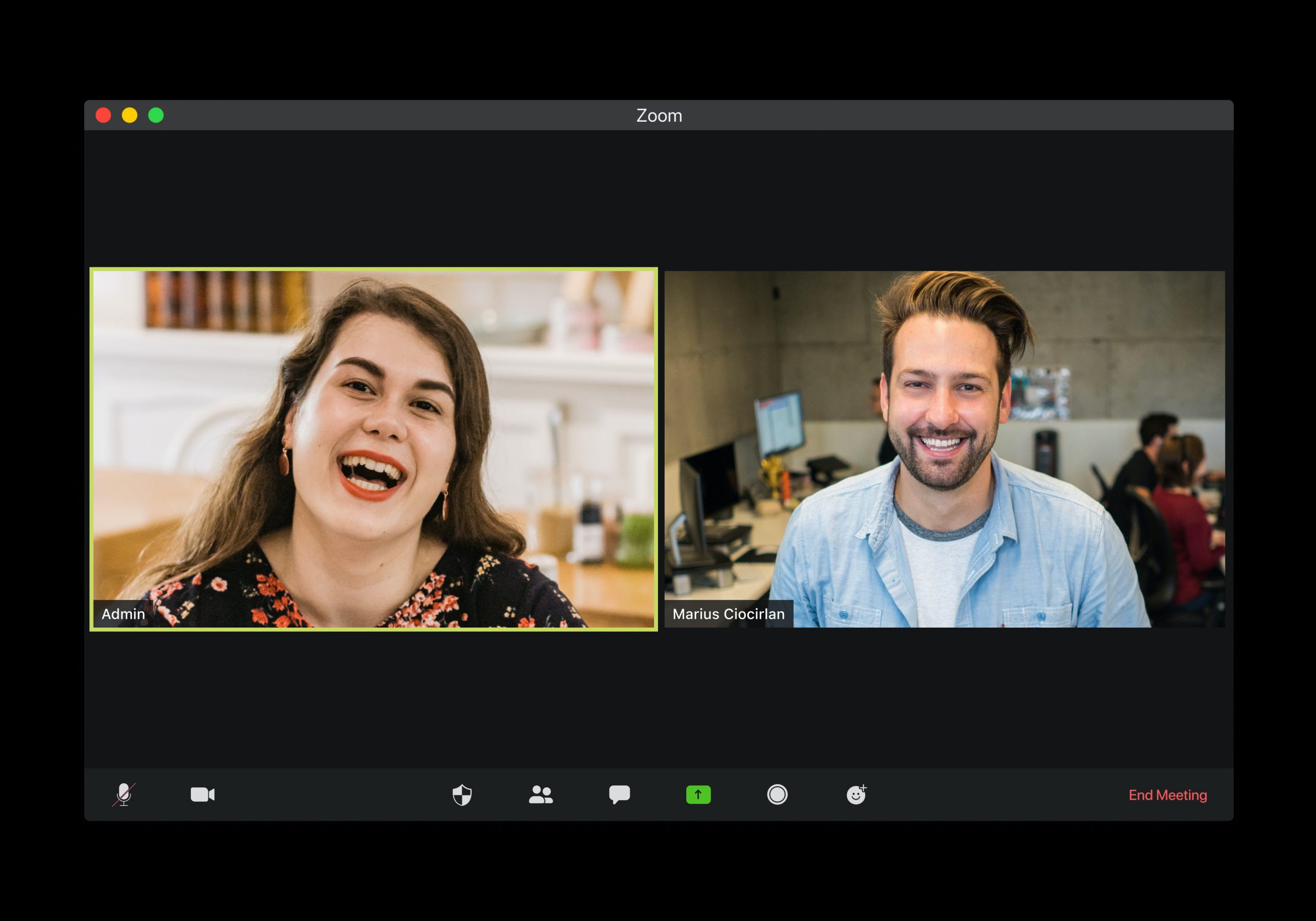5 Lessons We Learned Running Remote Design Sprints During A Pandemic
The Product team at Blue Label Labs has been running remote Design Sprints for a quite a while. In fact, we felt we had our remote Design Sprint down to a fine art. However, we uncovered a few blind spots when it came to conducting remote Sprints during this pandemic.
We are grateful for the learnings, and went through some real pain in order to gain these insights. That is why we want to share these tough lessons with you so that you can fold them into your own remote Design Sprint process without having to make the same mistakes. We Sprinters must have each other’s backs in order to keep the Design Sprint model running and effective during these unusual times!
Lesson 1: Remote Design Sprints are no longer just for people who prefer collaborating remotely.

Photo by Priscilla Du Preez for Upsplash
Prior to the pandemic, if a client asked for a remote Design Sprint instead of an in-person one it was usually because their company was already working as a distributed team. These teams were often spread not only across the country but around the globe. Our remote Sprint participants were accustomed to making virtual meetings work efficiently and effectively. They had also made a conscious decision to work from home and prioritized a remote working environment.
This meant that the participants in our remote Design Sprints predictably came to meetings already well versed in the realities of remote work: long-form video meetings, use of digital collaboration tools, and flexibility regarding schedules and time zones. We crafted our remote Design Sprint offering accordingly. Client on-boarding was focused on explaining the Design Sprint process rather than the remote tools themselves.
Now, due to the pandemic, we are only offering Remote Design Sprints until in-person meetings become safe again. This has us working with teams who would usually prefer in-person Sprints and are most comfortable with in-person officing, not working from home.
Just as our participants need to adapt to new circumstances with the pandemic, we do as well. We have updated our remote Design Sprint on-boarding and process to help our clients feel at ease with the idea of remote collaboration. As a result, they are more likely to contribute fully during the sessions, feel less frustration using the remote tools, and can more easily trust the Design Sprint framework.
Actions we took:
- Created a new on-boarding experience for participants that includes tutorials on using our collaboration tools (we use Zoom, Slack & Miro for the Design Sprints).
- Created an ice-breaker to get people using these tools together pre-Sprint

New on-boarding materials for Remote Design Sprint participants
Lesson 2: The 5-day sprint model doesn’t work when people have other responsibilities at home.

Photo by August de Richelieu from Pexels
With the traditional 5-day Sprint, the entire team sets aside a full week of full-time days to spend on the Sprint with zero distractions. This dedicated week of a Design Sprint allows for laser focus and engagement by all involved. Trying to recreate the 5-day Sprint as a remote Sprint, especially during a pandemic, has proven to be much more difficult and exhausting. People with children and other dependents at home simply can’t commit to spending the entire day uninterrupted and focused solely on the Sprint.
Another factor is the mental exhaustion that is a result of caregiving without the help or respite that schools and external caregivers usually provide. Compound that with the universal stresses of quarantine, it’s a very anxious time for most people. Vehicles for de-stressing have been interrupted: many have lost access to a gym, they venture outside less, and have less privacy. We feel that attempting to stick to full Design Sprint days will just burn everybody out and come off as tone-deaf.
Actions we took:
- Expanded the traditional 5-day Sprint to stretch over a period of 2-3 weeks, allowing the client to set the time frame according to their availability.
- We moved some Sprint exercises offline so that we lessened the need to do everything in a shared zoom call.
- We allowed participants to have their video off when participating, minimizing the pressure of keeping kids/dogs/parents out of view and other anxieties that can occur from being on video.
Lesson 3: We need to add new ‘extras’ to keep the energy up & engagement high during remote Sprints.

Photo by Anastasia Zhenina on Unsplash
There are plenty of features built into a traditional in-person Design Sprint aimed to keep energy high and participants engaged. It’s the facilitator’s job to provide them and to set the mood for the team.
These facilitator responsibilities include: selecting a stylish and naturally-lit workspace with ample room to pace, stretch, work & think, providing ample healthy treats & great beverages to keep everyone satisfied and focused, playing music to assist in keeping a creative mindset. All of these extras are removed with the remote Sprint. Facilitators have far less control over the participants’ environment making it harder to set the stage for a productive Sprint.
In order to solve that problem during the pandemic, we started thinking of ways to recreate some of the environmental factors that help make the Design Sprint a unique experience that sets it apart from an ordinary work session.
Actions we took:
- Offered recommendations on how to set a home work space to feel more like a Sprint room
- Prepared a Blue Label Labs Sprint material package that can be sent to participants in advance of the Sprint. (Who doesn’t like getting surprises in the mail?)
- Provided participants with snacks & coffee to consume at their home office
- Provided Spotify playlists to work to
Lesson 4: Agency talent must be very vocal and ‘on’ during the remote Design Sprint.

Photo by visuals on Unsplash
We have noticed another thing about remote Sprints. It’s very challenging to recreate the natural excitement of in-person collaboration. In-person Design Sprints allow for the subconscious transfer of enthusiasm that arises when people are actively working side-by-side together to solve problems. People tend to feed off of each other’s physical energy and body language without realizing it. Without the physical cues coming from team members it is tricky to inspire shared optimism and simultaneous excitement within the group.
This is especially challenging for the facilitator, as they are ultimately responsible for leading the group’s efforts and setting the tone of the Sprint. When conducting an in-person Sprint, the facilitator can use the physical space and their own physical energy to motivate participation. Facilitators are trained to help the introverted open up and share their ideas and to coax creativity out of the self-professed “unartistic” participants. Working remotely, all of that energy must be transferred through the team’s tone of voice, vocalized enthusiasm, and animated gestures.
In order to get the client team feeling comfortable, it became clear that the facilitator needed the assistance of the agency participants as well. If everybody on a Sprint team is quiet except for the facilitator, it’s next to impossible to get clients into the comfortable and open mindset required to have a productive Sprint.
Actions we took:
- Set expectations from our own agency Sprint participants to be more vocal and enthusiastic about the Sprint exercises.
- Asked all agency Sprint participants to contribute to the ice-breaker exercise as soon as the Design Sprint team is formed.
Lesson 5: Finding testers the traditional way is more difficult in a pandemic.

Photo by Daria Nepriakhina on Unsplash
In non-pandemic times it was far easier to recruit and schedule testers on short notice for the Design Sprint prototype feedback session. Now, given the changes to people’s routines and responsibilities during work hours, people are less likely to take on any additional tasks. It’s far less likely to find someone who can spare an hour or two to give feedback on somebody else’s product.
In order to make the recruitment process efficient and effective, we have decided to out-source that part of the Sprint. In doing so we have also leveraged other offerings from these recruitment companies to help make the entire feedback process more seamless.
Actions we took:
- Engaged with usertesting.com to recruit prototype testers.
- Conducted prototype tests on the usertesting.com platform to easily store and share recordings and feedback.
In closing,
Blue Label Labs believes strongly in adapting to new challenges and being open to finding the right solutions. Our challenge was to address the shift in our team and our client needs during the pandemic in order to run effective and enjoyable Design Sprints. We adjusted our process and discovered new ways to deliver a remote Design Sprint. We hope our learnings prove helpful to you, and we look forward to sharing our next lessons down the road.
Happy Sprinting!
The Blue Label Labs Product Team









